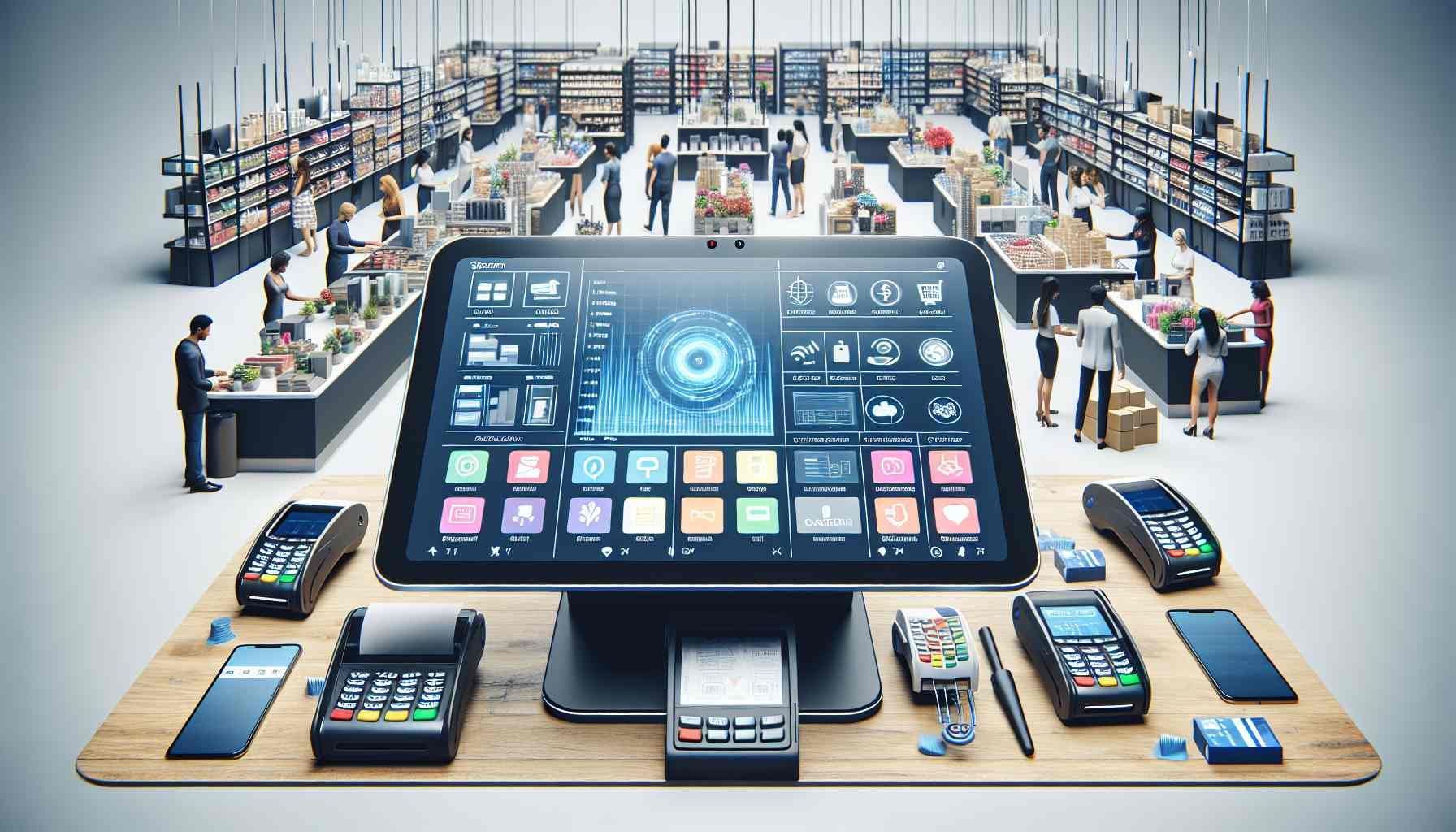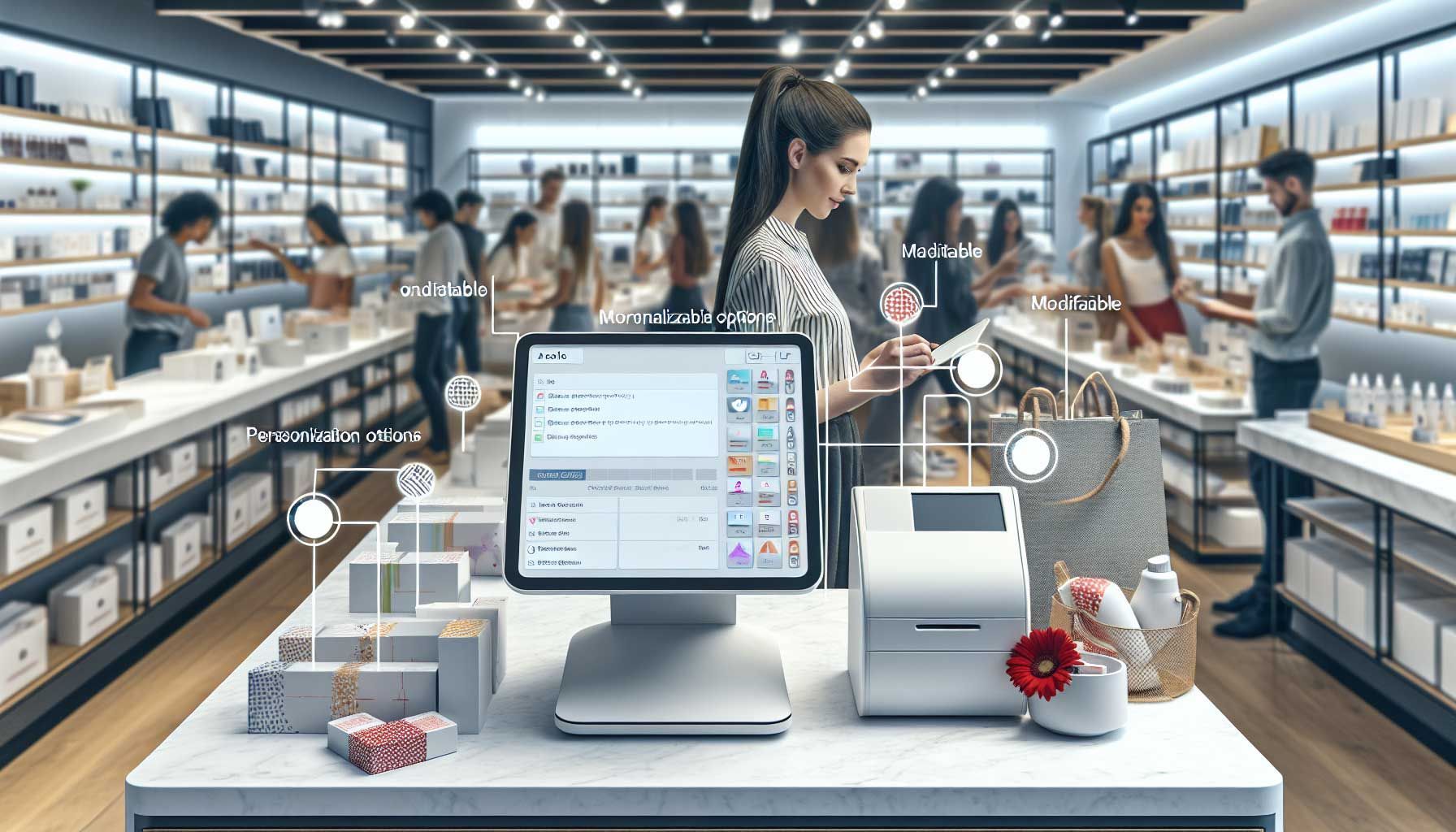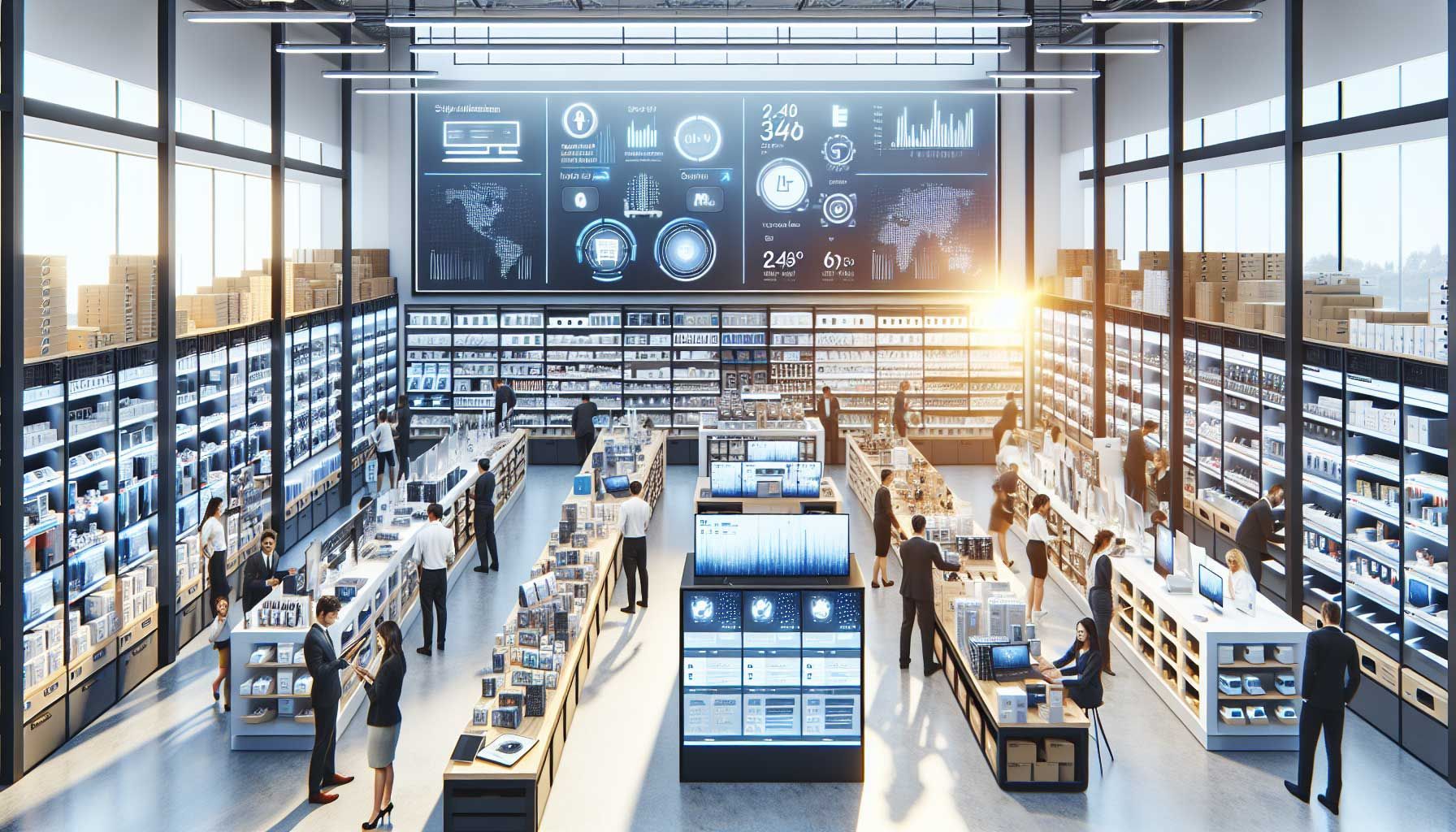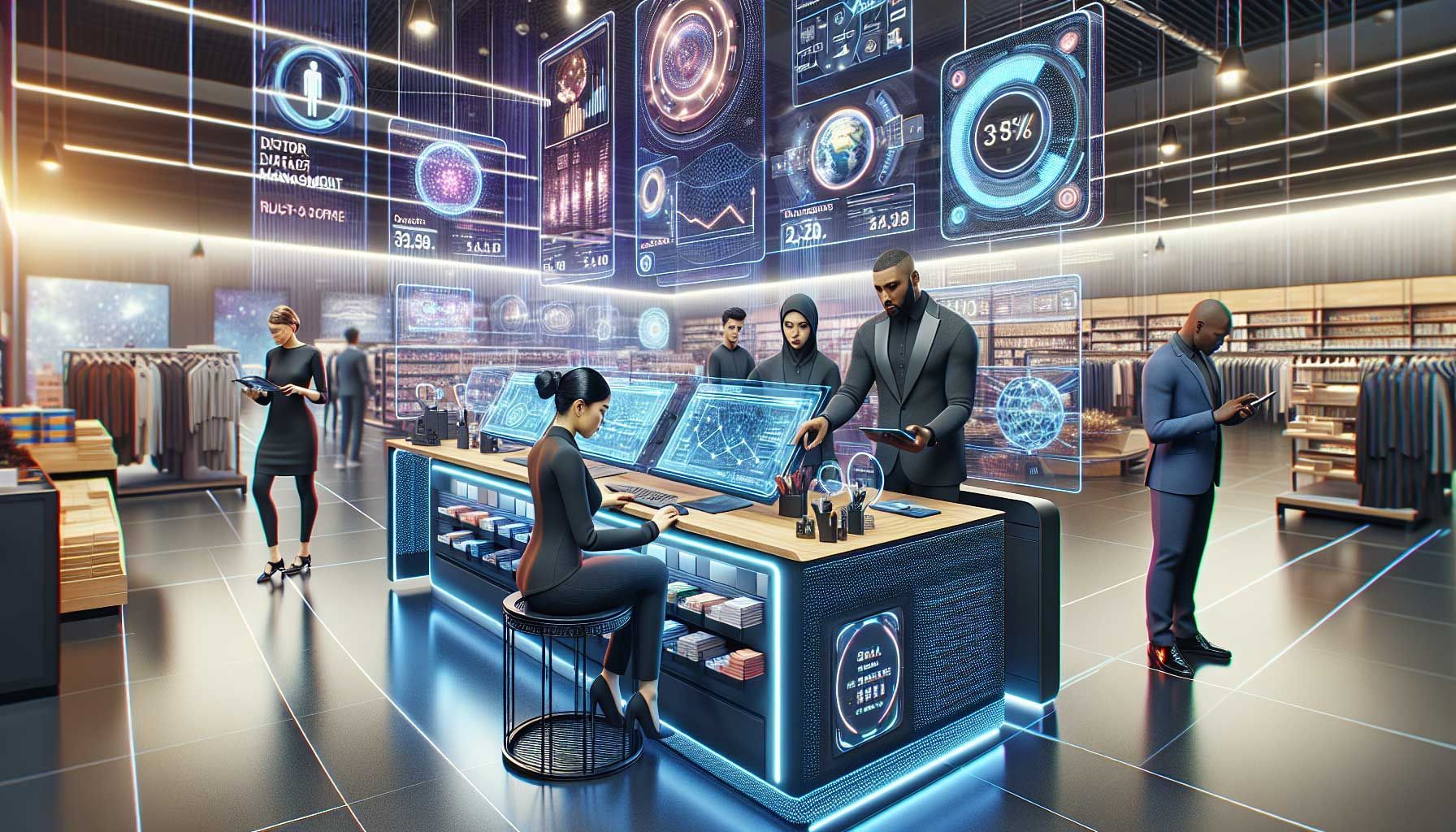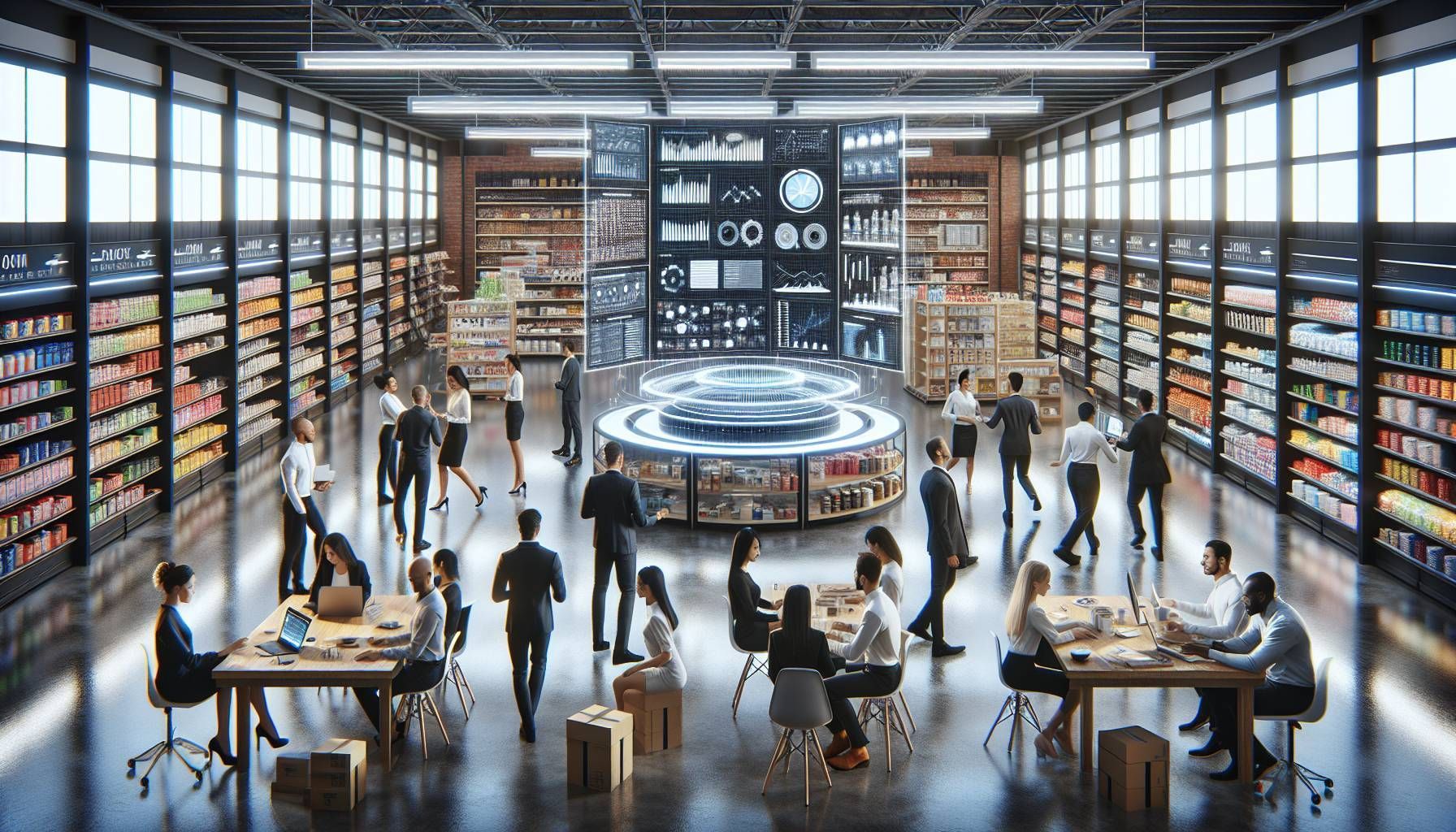How To Develop a Central Database For Product Information
Get our code for central database development
Look no further and use our software completely white label to work as a retail industry in one system.
In order to streamline product information and keep everyone on the same page, it's important to develop a central database for product information.
This blog post will walk you through how to do just that. By following the steps outlined below, you'll be able to create a central product database that will make it easy to track and manage inventory and product information of the complete industry.
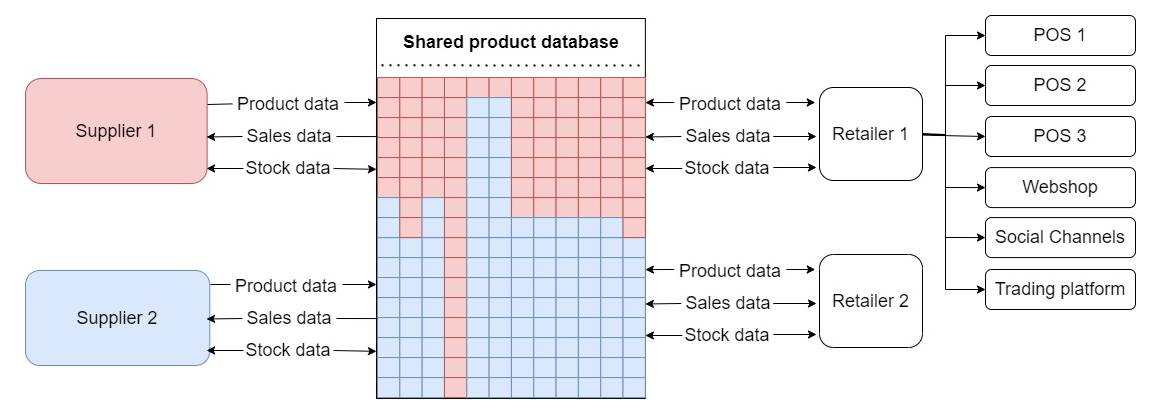
Capture the complete supply chain in one software system
In order to create a central database of product information, it is important to collaborate with suppliers and other retailers. By collaborating, you can ensure that everyone is working with the most up-to-date information.
This collaboration can take many forms, but one of the most effective ways to collaborate is to use a shared product database. Retailgear offers a unique structure to make this collaboration happen in your sector.
There are many benefits to using a shared product database.
First, it ensures that everyone is working with the same data. This can help reduce duplicate data entry and improve efficiency.
Second, it can help improve data accuracy and quality. By having all of the relevant information in one place, you can be sure that your data is accurate and up-to-date.
Finally, using a shared product database can save time and money. By collaborating with other retailers, you can avoid having to develop and maintain your own separate database for each user.
Making optimal use of data with a central database
A central database of product information can be an extremely valuable resource for retailers.
By having all of the relevant information in one place, retailers can make better decisions about their inventory and pricing strategies. They can use all branch information and compare it with their own sales and stock data.
In addition, a central database can help retailers track trends and anticipate customer needs.
However, in order for a central database to be truly effective, it must be well-organized and easy to use. Fortunately, the Retailgear software solution is designed specifically for managing product information. So you can manage millions of products from one admin portal.
The database architecture offer features such as searchable catalogs, customizable reports, and integration with POS systems. By using the solution, retailers can make sure that they are getting the most out of supplier collaboration. This has an increased network effect, allowing you to serve more stores faster and faster and increase your turnover.
Easily connect your POS system to your supplier ERP system
One of the benefits of using a central product database is that it makes it easy to connect your POS system to your supplier ERP system.
This connection allows you to automatically update your inventory levels when new products are shipped from your supplier.
In addition, this connection gives you the ability to quickly check availability for specific products. As a result, you can avoid stock outs and backorders, which can negatively impact your business.
Furthermore, the supplier can see the results at the retailer through his Sales App. This saves a lot of time and stimulates collaboration on inventory, marketing and sales.
Developing your own architecture or using a white-label solution?
As you can imagine, creating and maintaining these features requires an investment of time and funding. That is why it is possible to use our complete solution white-label. This gives you the flexibility to adjust 85% of the code. For example, if you want to integrate a specific function that is only used in your network. Read more on our page for developers.
Since 2015 we have developed a central database for retail branches. So in this way you will get a proven product and service at a lower cost than developing it yourself. In addition, the white-label solution can be customized to meet the specific needs of your retail sector, which can save time and money.
So make sure that our software meets all of your requirements by having a free demo. In this way you get a complete turnkey solution with the possibility to do some customization yourself. In addition, you get an off-the-shelf product to start immediately. This also saves costs and ensures that your project is profitable faster.
So how to create a central product database?
Retailgear's PIM Solution is a cloud application that helps retailers and suppliers manage their product information in a central database. The solution includes an easy-to-use interface for inputting and updating product data, as well as a variety of features for managing product filters, images, descriptions, pricing, and more.
Determine what information needs to be stored
The first step in creating a central product database is to determine what information needs to be included. At a minimum, the database should include basic information such as product name, SKU number, price, and description. However, depending on the needs of your business, you may also want to include additional data points such as supplier information, lead times, weight and dimensions. All specifications can be set yourself.
Set up the database and input the data
After you have selected the appropriate database settings for your business, you will need to set up the database and input the relevant product data. This can be done manually by entering data into each field or by importing data from existing Excel spreadsheets or other sources. It is also possible to create and edit all data in the database with a robust API connection.
Why having a central product database is important
In today's business world, it's critical that everyone is working with the most up-to-date information. This is especially true in the retail industry, where products are constantly being updated and changed. A central product database ensures that everyone in the company has access to the latest information on products. This can help avoid confusion and mistakes, and ensure that everyone is on the same page.
One of the biggest benefits of having a central product database is that it can help reduce duplicate data entry. When each business has its own separate database, it's easy for data to get lost or duplicated. Having one central database helps to avoid this problem and makes it easier for everyone to find the information they need. It also helps to improve efficiency because people aren't wasting time searching for data in multiple places.
Another benefit of having a central product database is that it can help improve data accuracy and quality. When all of the data is stored in one place, it's easier to keep track of changes and ensure that everything is accurate. This is especially important when dealing with large quantities of data. Having a central product database can also make it easier to spot errors and correct them quickly for everyone.

Bring your shop to the next level
Hi, I'm George and I like retail and technology. Therefore, my passion here at Retailgear.com is to provide you with reliable information to automate and digitize your store. You can find out what we can do for your industry through our menu. Also, feel free to check out this updated list of retail tools.
Get inspiration in your inbox to get more sales and store visitors with less effort.
Contact Us
Thank you for subscribing to our newsletter!
Please try again later.
More about your favorite subject
Discover latest posts
You can use, change and resell our complete solution whitelabel.
© 2022 All Rights Reserved by Retailgear
© 2024 All Rights Reserved by Retailgear | Terms and Conditions






